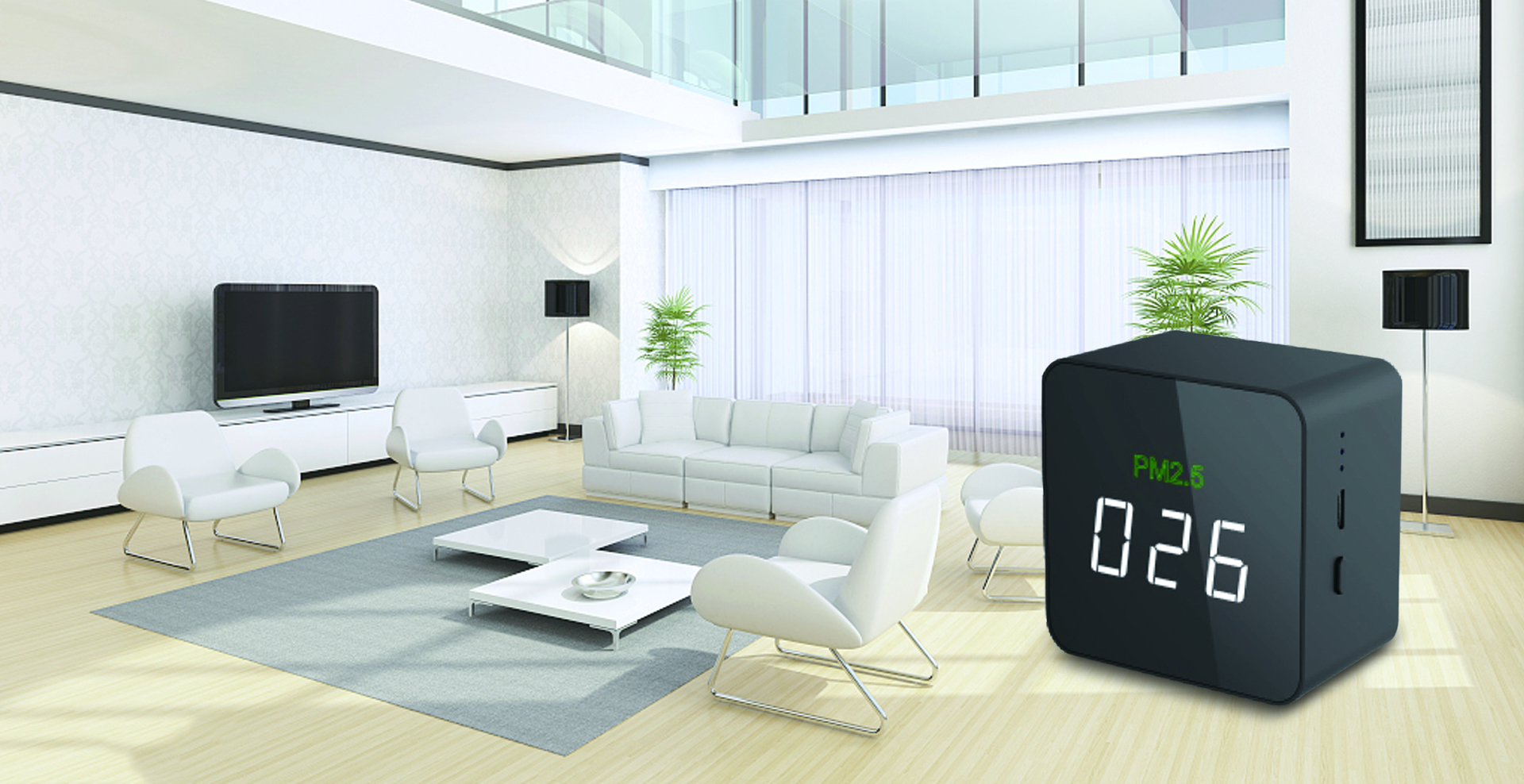You breathe more than you eat or drink, but most likely you don’t give nearly as much thought to what you may be inhaling. With the possibility of over 1,500 invisible and potentially toxic substances contaminating your air space right now, isn’t it time you took control over what you’re breathing?
Whether you’re relaxing at home, working in your office, or riding on public transportation, you’re exposed to a wide variety of airborne particles and contaminants.
While many people focus on outdoor air when they hear ‘air pollution’, you may be surprised to learn that the EPA has discovered indoor air contains 2 to 5 times and potentially as much as 100 times more contaminants than the air outdoors!
Indoor air pollution has truly become one of the most serious environmental threats to your health. Yet, no government agency monitors or controls it and studies on its health effects are limited.
So I ask you… Are you paying as much attention to what you’re breathing into your lungs as you are to what you’re eating and drinking? It may be just as important.
Over the next few minutes, I hope to increase your awareness of what you may be inhaling. And I’d like to share with you options I’ve discovered to help you protect yourself and your loved ones from these contaminants lurking out-of-sight in indoor air, wherever you go.
How Can You Tell If Your Indoor Air Is Polluted?
Most contaminants aren’t visible to the naked eye, so it’s hard to tell how polluted your indoor air may be.
Indoor air pollution is made up of solid and liquid particles that are suspended in your air – or particulate matter.
These suspended particles can consist of dust, metals, smoke, liquid droplets, chemicals and pollen.
One clue may be what you see on your air-intake vent in your home. Particulate matter can build up and form a greasy dirty film, like in the photo.
Even if you can’t see it, particulate matter continually floats through the air in your room, just waiting to be captured by your intake vent or inhaled into your lungs!
A second clue to the quality of your indoor air might be how you feel. Do you sometimes experience any of these symptoms for no apparent reason?
- Itchy, watery eyes
- Runny nose
- Scratchy throat
- Headaches
- Dizziness
- Forgetfulness
- Fatigue
- Moodiness
These can be the immediate effects of particulate matter in your indoor air. Health effects can show up soon after exposure or they can take years to manifest in much more serious ways, affecting your entire body and brain.
The good news is, our R&D team, had developed an advanced layser PM2.5 detector which can accurate tell how much particles are there around you in the air.
And this technology had also been used to our latest developed WSTA air purifier model: SYA-102H.

 WSTA
WSTA
